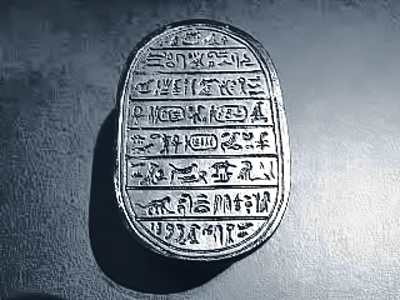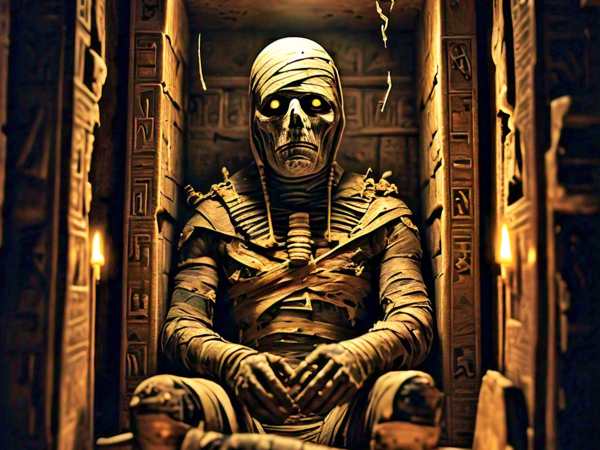Ptolemy V Epiphanes, the Egyptian ruler credited with the Rosetta Stone, left an indelible mark on history. Known as “Ptolemy the Manifest,” this Greek name reflects the legacy of the Ptolemaic dynasty, which ruled Egypt after Alexander the Great’s death in 323 BCE. But Ptolemy V’s influence extends far beyond his reign, intertwining with myths and symbols that define ancient Egyptian culture.
The Rosetta Stone: A Key to Ancient Egypt
The Rosetta Stone, created during the reign of Ptolemy V, is one of the most significant archaeological finds in history. Discovered in 1799 by French soldiers, this inscribed slab features three scripts: Greek, Demotic, and hieroglyphs. It became the key to decoding Egyptian hieroglyphs, unlocking a lost language and offering insights into the civilization’s rich history. The stone commemorates Ptolemy V’s rule, serving as a decree affirming his leadership and divine status.

The Scarab: Symbol of Transformation and Rebirth
Ptolemy V’s title, Epiphanes, replaced the Egyptian term “kephern,” derived from the word “(kh)pr” or “xpr”—the scarab beetle. In Egyptian mythology, the scarab represents transformation, rebirth, and the journey of the sun god Ra across the sky. The scarab, associated with the god Khepri, symbolizes the daily renewal of life, much like how Ra was reborn each morning. Scarabs were popular in ancient Egypt and today are commonly found as trinkets or replicas in museum gift shops, often adorned with faux hieroglyphs and used as decorative items.
Anubis: The Jackal-Headed Guardian of the Dead
Anubis, the jackal-headed god, played a crucial role in Egyptian afterlife beliefs. As the protector of graves and guide of souls, Anubis escorted the deceased to the scales of Ma’at, where their hearts were weighed against an ostrich feather, symbolizing truth. If found worthy, the soul could pass into the Underworld. Anubis’s black color represents both death and the fertile soil of the Nile, symbolizing the cycle of death and rebirth. Today, Anubis statues and representations are popular souvenirs, reminding us of the deep connection the ancient Egyptians had with life, death, and the afterlife.

The Myths of Tutankhamun’s Curse
No discussion of Egyptian mythology would be complete without touching on the infamous “Curse of Tutankhamun.” Legend says that those who disturbed the boy king’s tomb faced a grim fate, a story popularized when Lord Carnarvon, the expedition’s financier, died shortly after the tomb’s opening in 1922. Despite popular belief, the curse had no real basis: of the 58 people present when the sarcophagus was unveiled, only eight died within the next twelve years. Howard Carter, the tomb’s discoverer, lived until 1939, passing away 17 years after the discovery.
The myth persisted due to sensationalized reports, including a claim that Richard Adamson, a soldier guarding the tomb, was cursed after spending seven years in the crypt. Although no concrete evidence supports this tale, it’s a testament to the enduring power of myth. Upon Adamson’s death at 81 in 1982, one newspaper cheekily proclaimed, “Curse of Tutankhamun strikes again.”
The Enduring Allure of Ancient Egypt
The stories of Ptolemy V, Khepri, Anubis, and the curse of Tutankhamun capture the enduring allure of ancient Egypt—a civilization that continues to fascinate the world. Through archaeological treasures like the Rosetta Stone and the ongoing interest in mythological tales, the legacy of Egypt’s rulers and gods lives on, inviting us to explore the mysteries of a world long gone yet never forgotten.

